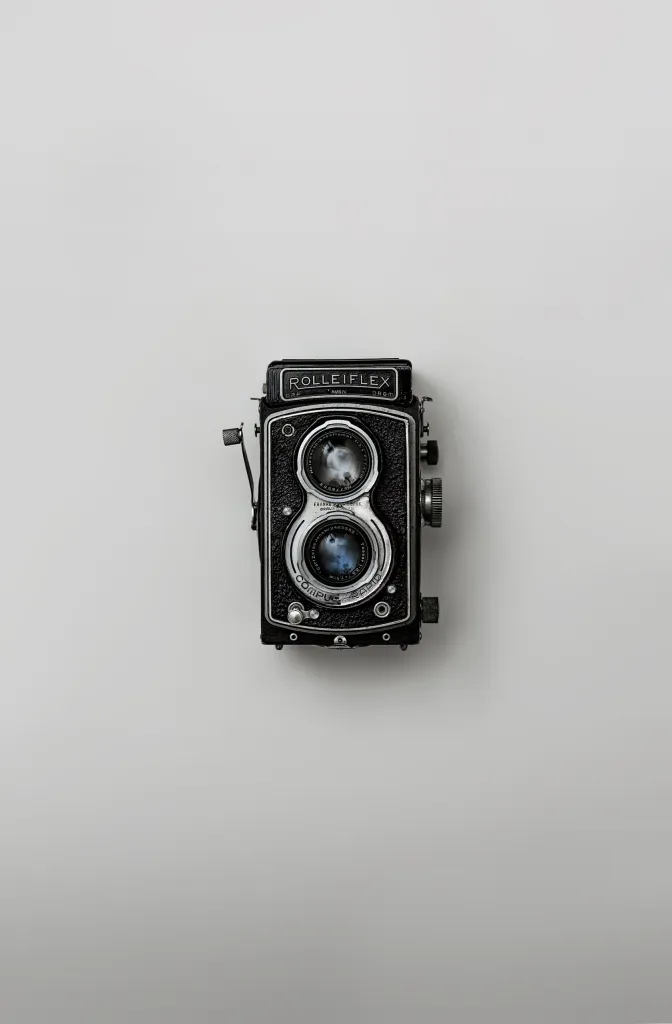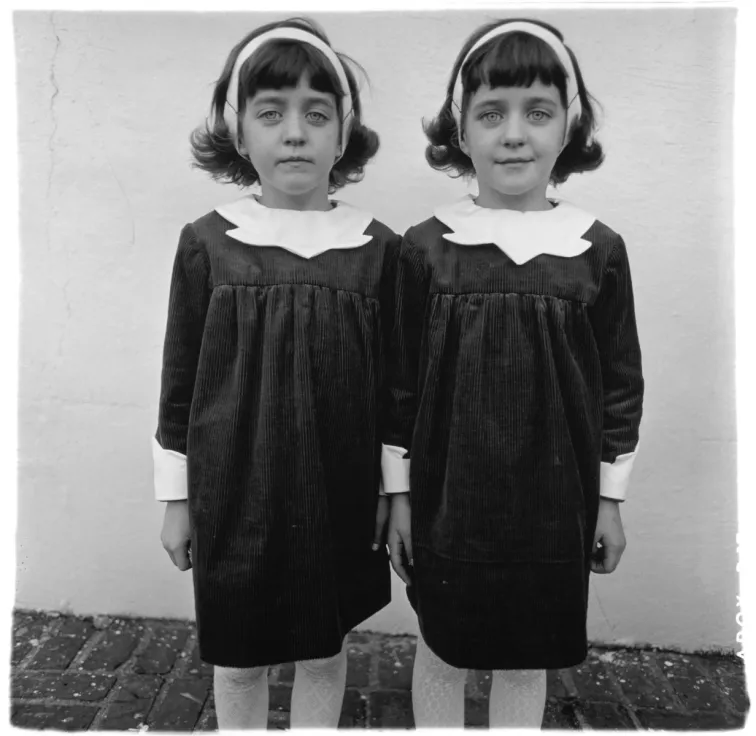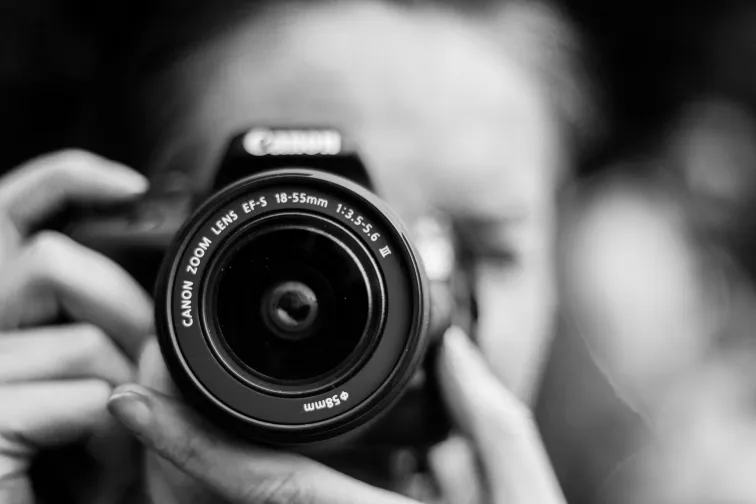Say Cheese
February 21, 2020
Photography is often viewed as ‘real art’s’ little sister. Spectacular enough to be considered beautiful, unique enough to be admired and precious enough to be cared for but rarely revered like a true art form outside of a small art world circle. Perhaps it is because it comes from a variety of sources and plays many roles. From journalism to historical records and artistic expression to casual snaps it confuses viewers about its merit.
The Jewel of 19th Century Creative Technology

Photography could be considered the greatest technological advance in art media of the 19th century. Not only could it record vistas and compositions as preparatory work for later oil paintings, it also served as a way to capture life as it happened. This had a profound effect on the way art was created and consumed. It acted as both a rival and ally for artists. By recording events, places and people so accurately it forced artists to embrace it as a reference or diversify their practice and play with representation. Early photographic artists also explored the possibilities of the medium leading to the first manipulated photos.
Later, in the 20th century, artists like Diane Arbus embraced the technique and created extraordinary studies of identity. Andy Warhol used photography as a central part of many of his works as part of his challenge of established fine art practices. Despite all this,photography has never quite reached the dizzying heights of fine art. I suspect that the reason for this is that lack of the direct mark of the artist’s hand and the possibility of replication plays a significant part in that.
Photography as art form

What unites it with ‘real art’ though is the response it elicits. Just like a painting or sculpture, truly great photography creates just the same reaction in the viewer. When we meet a powerful image our senses are stirred. The subject, the colours, the mood of the piece cause us to respond. Our emotions and memories are sparked.
Diane Arbus, ‘ Identical Twins, Roselle, New Jersey, 1967 ‘ (right)
A photograph is a secret about a secret, the more it tells you the less you know
Diane Arbus
What makes photography particularly special in this regard is the factual elements. If you look at a portrait photograph you meet the gaze of the subject so directly. If you look at a landscape shot you are looking at one unique moment in time. Unlike a painting, the content of a photograph is captured without passing through the filter of memory, recall and retelling. In contrast to this, the advances in digital technology now allows photographic artists to manipulate an image in the same way an artist in another medium can giving photography an illusive duplicitous edge. So, while it might be fine art’s little sister, it’s the bad ass, quirky one who knows how to make their mark.

We live in a very visual culture these days and the fact that we all carry, quite powerful, cameras in our bags and pockets everywhere we go has divorced us further again from the idea of photography as a true art form. It’s the 21st century version of the 19th century problem faced by photo artists. Maybe that’s half the thrill of choosing it as a medium. Another typical trait of a clever little sister, defying authority and pushing its boundaries with style and substance.
Add a comment
0 Comments